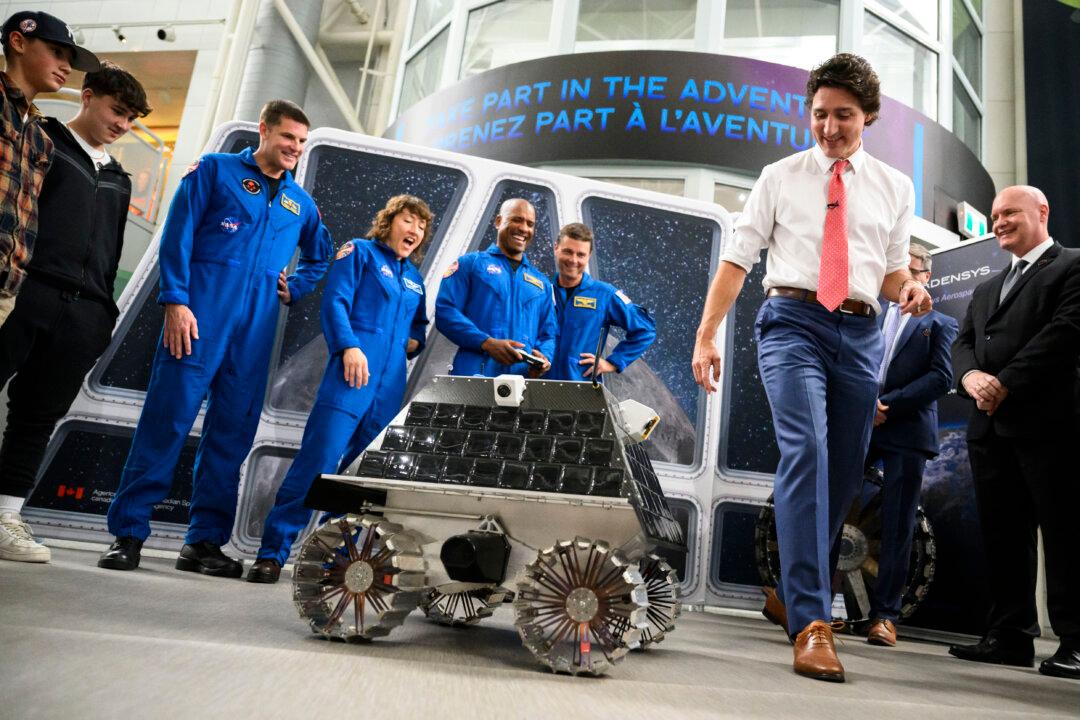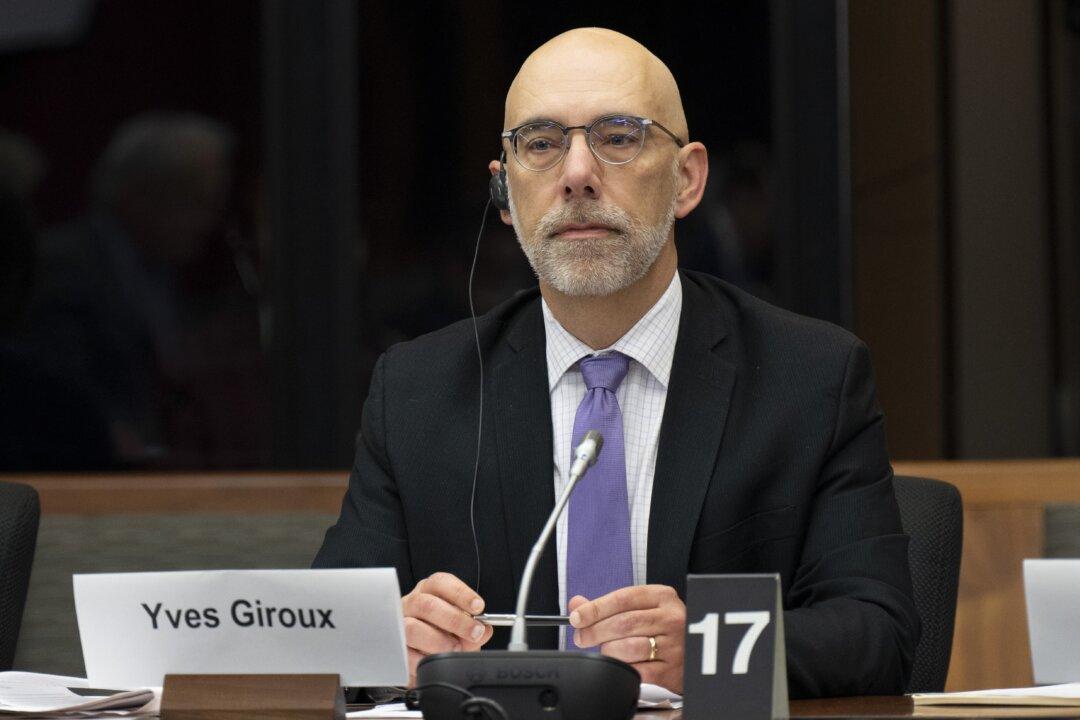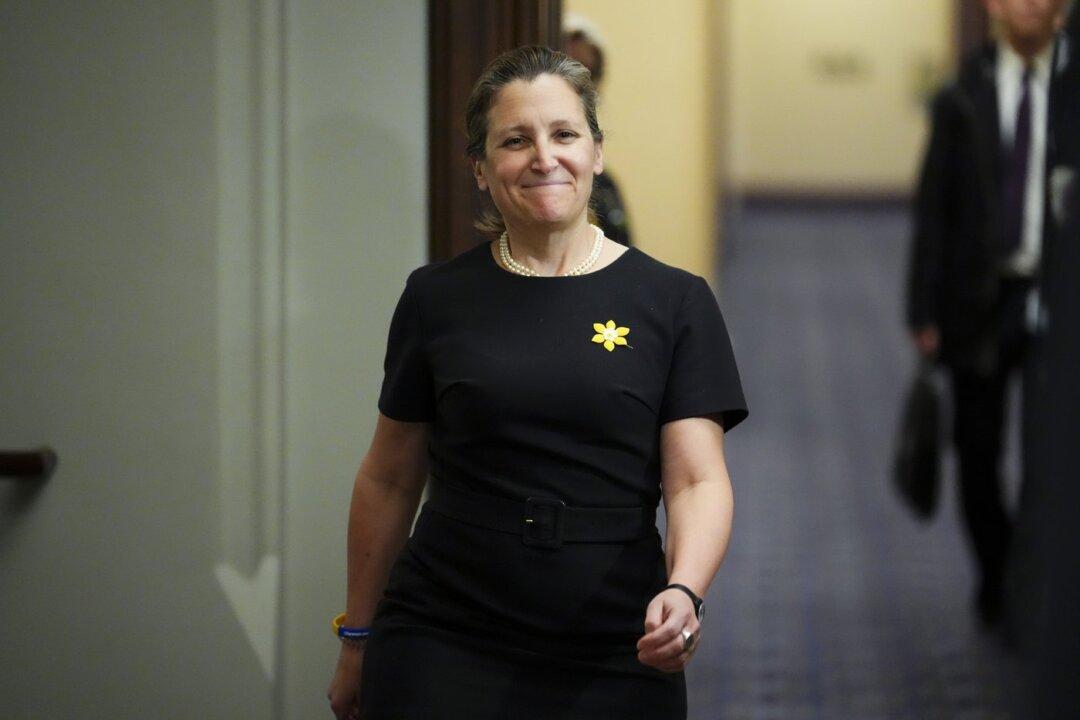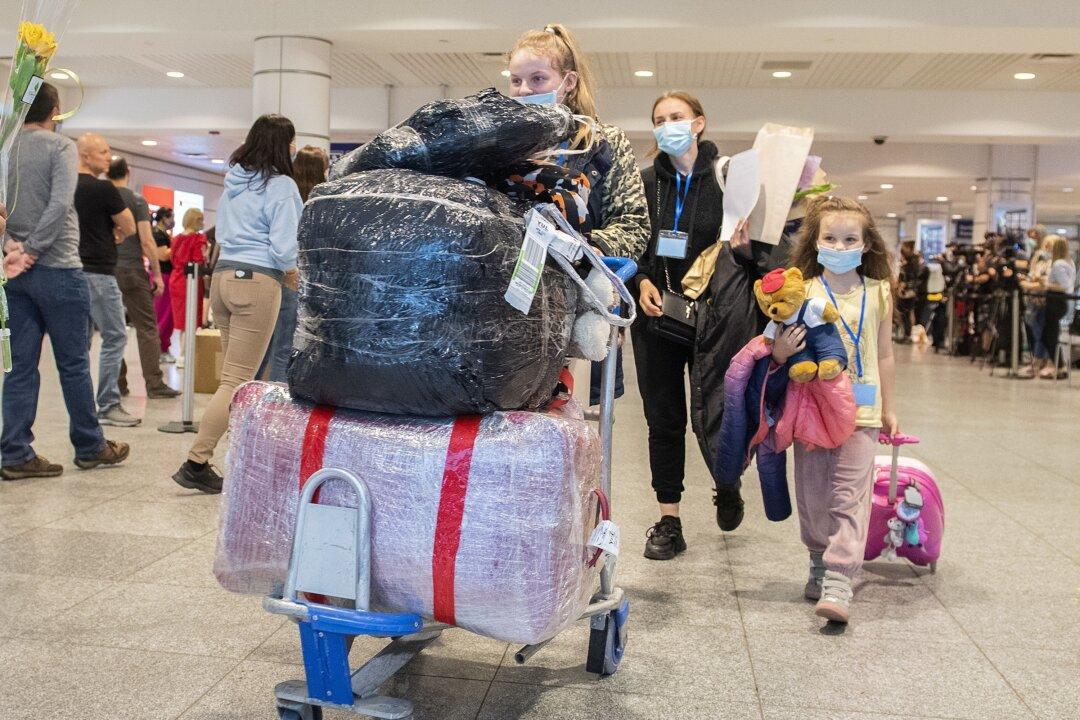The Canadian Space Agency (CSA) has budgeted approximately $65 million—representing over 40 percent of the agency’s total funds for a moon exploration project—to develop a lunar rover, according to an internal audit.
On top of the $65 million for the rover, the CSA also said that around $20 million of the budget has been allocated to a “scientific instrument that will eventually be used on the moon,” while another $20 million has been earmarked for a “contribution for a partner’s mission to return a sample from Mars.”





